Key Features of Government-Run Shelter Homes in Pakistan
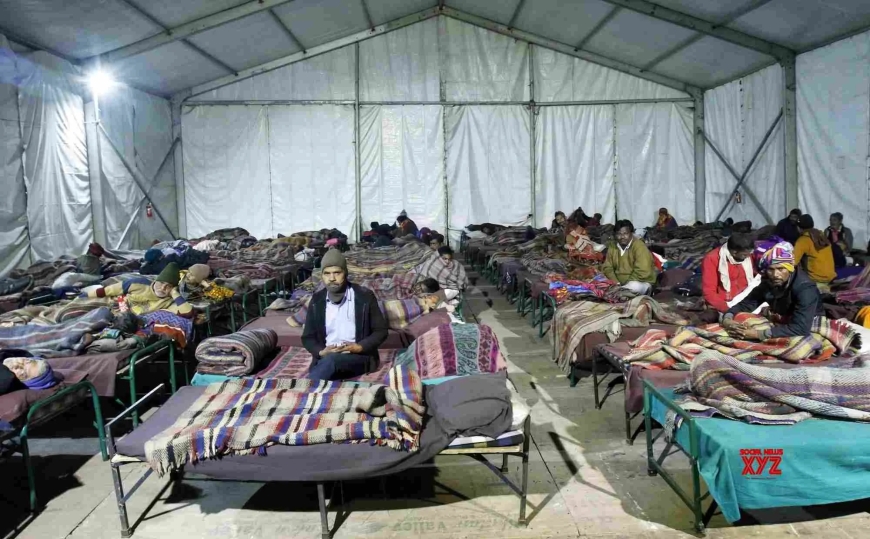
Shelter homes in Pakistan play a vital role in offering refuge, safety, and support to vulnerable segments of society. These government-run facilities provide temporary or long-term accommodation to people facing crises, including homeless individuals, women subjected to domestic violence, orphans, senior citizens, and those with disabilities. Pakistan's shelter system, though still evolving, reflects a crucial effort by the state to protect basic human rights, offer rehabilitation, and ensure dignity for all.
Among the many organizations advocating for child welfare and community uplift, SOS Children’s Villages Pakistan stands out as a model of compassion and structured care. While SOS is a non-governmental initiative, understanding the framework and features of government-run shelter homes helps contextualize the broader ecosystem of social support in the country.
A Brief Overview of Shelter Homes in Pakistan
Government shelter homes, often referred to as Panahgahs or Dar-ul-Amans, are public institutions intended to safeguard people experiencing homelessness, abuse, or extreme poverty. These facilities operate under various ministries and provincial departments such as:
- Ministry of Human Rights
- Ministry of Social Welfare
- Punjab Social Protection Authority
- Women Development Departments
- Bait-ul-Mal
Pakistan’s federal and provincial governments have increasingly prioritized the welfare sector, recognizing the urgent need for dignified and accessible accommodation for marginalized populations.
Target Beneficiaries of Government Shelter Homes
Government-run shelter homes cater to diverse populations. Each facility often specializes in specific needs or vulnerable demographics. The main groups benefiting include:
- Women and girls escaping domestic violence
- Orphans and abandoned children
- Senior citizens without family support
- Homeless men and laborers
- People with disabilities
- Victims of human trafficking and abuse
Shelter homes in Pakistan provide not just physical protection but also emotional, psychological, and legal assistance to rebuild lives.
Key Features of Government-Run Shelter Homes in Pakistan
1. Basic Accommodation and Food Facilities
The primary function of a shelter home is to provide a safe space. Government shelters are equipped with dormitory-style sleeping areas, communal bathrooms, and dining halls.
- Free meals are served regularly (often three times a day).
- Clean drinking water and basic sanitation are provided.
- Some advanced facilities offer separate rooms for families, mothers with children, or elderly individuals.
2. Medical Care and Health Services
Health is a critical area of focus. Many shelters collaborate with local health departments or NGOs to provide:
- Regular check-ups and emergency care
- Psychological counseling
- Reproductive health services for women
- Vaccination campaigns
- Addiction recovery support
3. Legal Aid and Protection Services
A distinguishing feature of many government shelter homes is access to legal assistance. This is particularly essential for:
- Women fleeing abusive marriages or family disputes
- Victims of trafficking
- Orphans involved in custody issues
- Migrants needing identity documentation
Legal officers or NGO representatives provide guidance and support through litigation, paperwork, and court appearances.
4. Skill Development and Vocational Training
In many progressive shelter homes, the government facilitates capacity building by offering training programs. These may include:
- Handicrafts and stitching for women
- Computer literacy
- Technical courses like electrician or mechanic training
- Soft skills and communication workshops
This enables residents to re-enter society with better prospects and self-reliance.
5. Psychological and Emotional Support
Recognizing that trauma often accompanies shelter residents, trained counselors or psychologists are often part of the core staff. Services may include:
- Individual counseling
- Group therapy
- Anger management sessions
- Emotional support for children
Mental well-being is increasingly being prioritized, especially in Dar-ul-Amans and rehabilitation centers.
6. Educational Support for Children
Some shelter homes, especially those housing children, offer basic education or informal schooling. This is facilitated via:
- On-site tutors or partnered educators
- Enrolment in nearby government schools
- Literacy programs for adults
This feature aligns closely with the mission of SOS Children’s Villages Pakistan, which emphasizes holistic child development through education and family-based care.
7. Rehabilitation and Reintegration Programs
Government shelters often provide exit strategies for residents through:
- Family reunification efforts
- Community placement
- Job assistance programs
- Marriage counseling and mediation for women
The objective is to prepare beneficiaries for life beyond the shelter.
8. Security and Surveillance
Given the sensitive nature of the populations housed, security is critical:
- 24/7 surveillance through CCTV
- Secure perimeters and guards
- Access control for visitors
- Emergency contact points for residents
This is especially crucial in women’s shelters where threats from abusive partners or traffickers are common.
9. Registration and Identity Support
Shelters often assist residents in securing or recovering legal identity documents such as:
- CNIC (Computerized National Identity Card)
- B-forms for children
- Health cards
- Birth registration certificates
These are crucial for accessing future benefits and reintegration into formal society.
10. Religious and Cultural Considerations
In Pakistan’s cultural context, many shelter homes also provide:
- Prayer facilities
- Halal meals
- Religious counseling
- Observance of Islamic festivals and practices
Respecting cultural norms ensures that the shelters feel inclusive and comforting rather than institutional.
Challenges Faced by Government Shelter Homes
While the government has made commendable efforts, challenges persist in implementation and sustainability. These include:
1. Overcrowding and Underfunding
Many shelter homes operate with limited budgets, leading to:
- Insufficient bedding or food supplies
- Long waiting periods
- Inadequate staff-to-resident ratios
2. Lack of Specialized Staff
There’s often a shortage of trained professionals such as:
- Child psychologists
- Trauma counselors
- Legal advisors
- Nurses
3. Stigmatization
Residents, particularly women and children, often face social stigma after leaving shelters, making reintegration challenging.
4. Inconsistent Standards Across Provinces
Shelter home quality can vary dramatically from one province to another, especially between urban and rural areas. Oversight, transparency, and regulatory enforcement remain key concerns.
Recommendations for Strengthening Shelter Homes
To ensure shelter homes in Pakistan fulfill their potential, the following recommendations are vital:
- Increase government funding for maintenance, training, and capacity enhancement
- Standardize care models across provinces to ensure uniform service delivery
- Incorporate trauma-informed practices and staff training
- Improve referral mechanisms between police, hospitals, and shelter homes
- Enhance partnerships with NGOs like SOS Children’s Villages Pakistan
- Monitor and evaluate through independent audits and community feedback
Conclusion
Government-run shelter homes in Pakistan serve as vital lifelines for people in desperate need of protection and support. From offering food and shelter to facilitating legal aid and rehabilitation, these institutions strive to uphold human dignity. However, to ensure sustainability and effectiveness, continuous investment, policy reform, and community engagement are crucial.
Organizations like SOS Children’s Villages Pakistan provide a valuable blueprint for compassionate, long-term care that government shelters can learn from. By bridging emergency support with structured rehabilitation, Pakistan can create a truly inclusive society where no one is left behind.









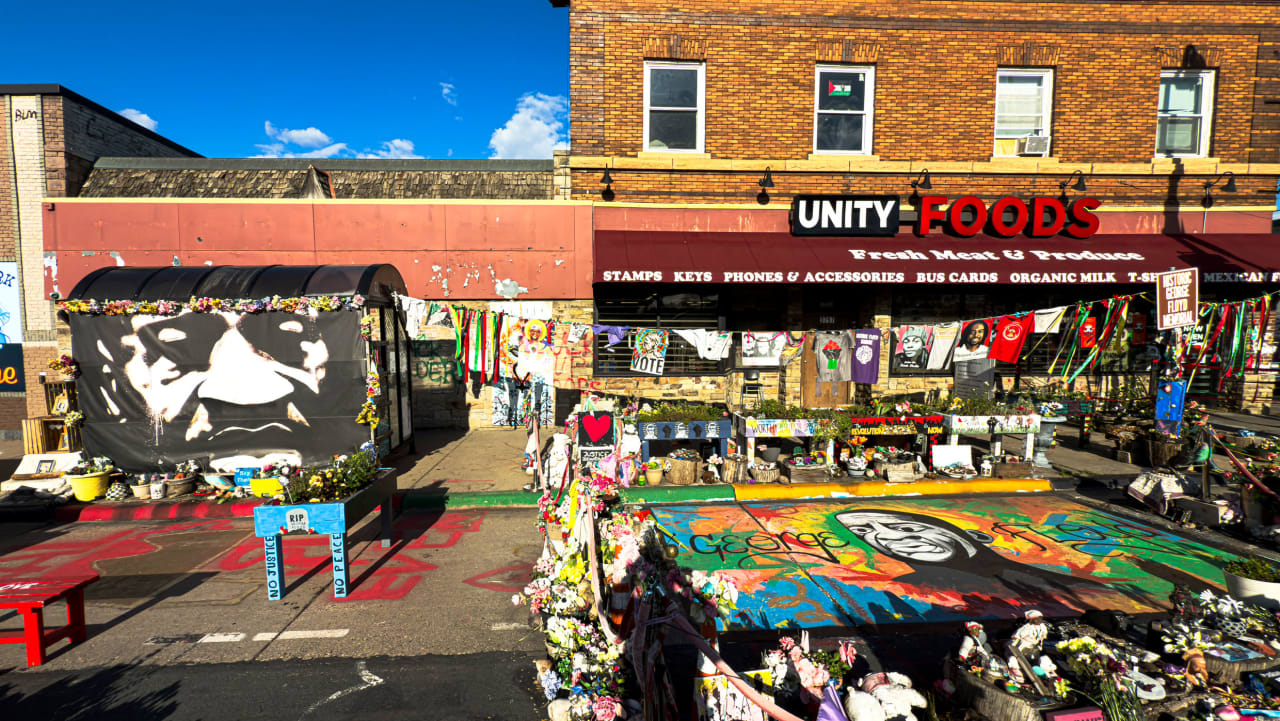

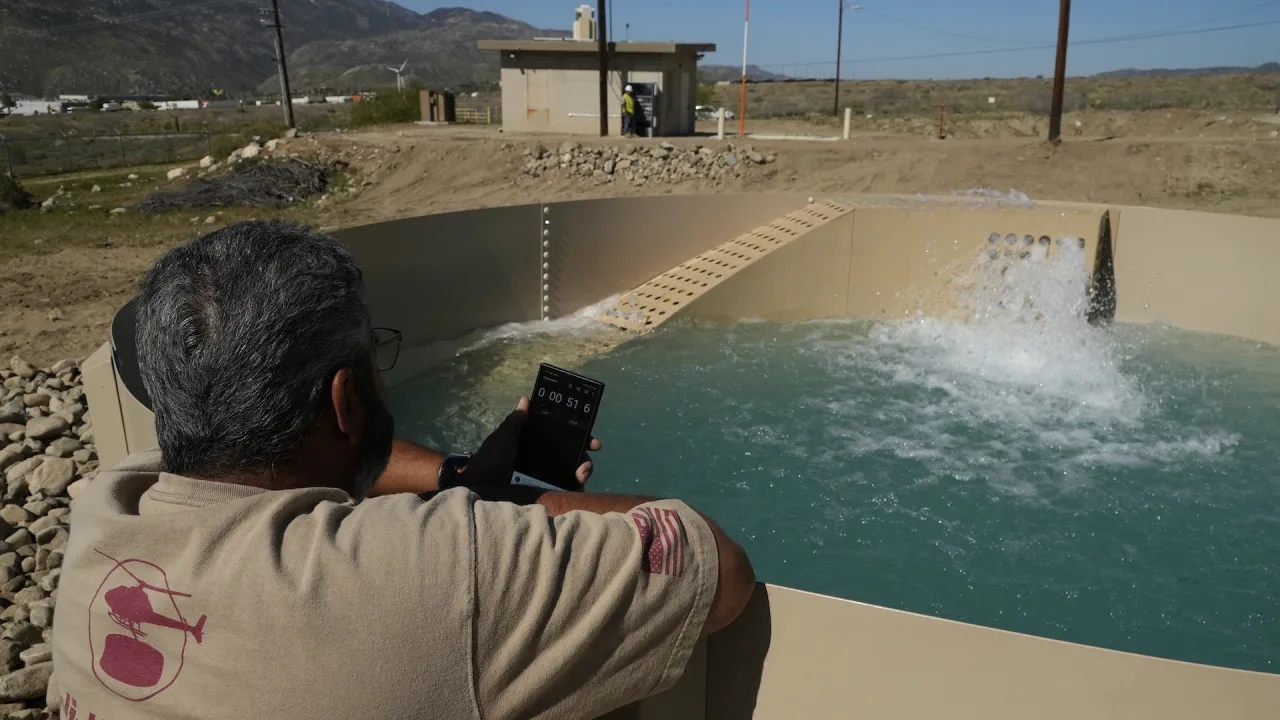






































































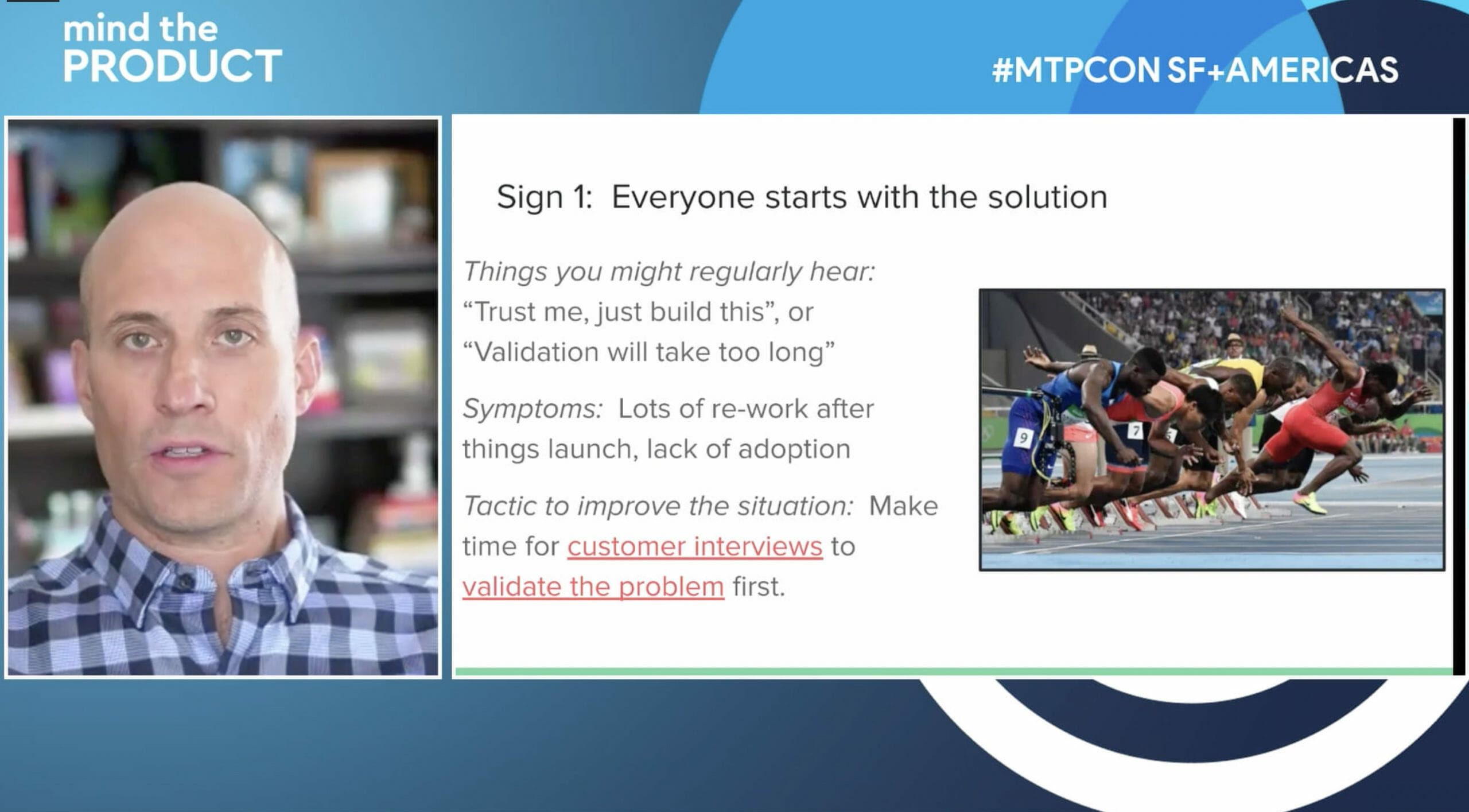












![Coaching and Discovery in Product. What High-Performing Teams Are Doing Differently [TPG Live Recap]](https://tpgblog.com/wp-content/uploads/2025/05/2025-05-08-thumbnail-action.png?#)
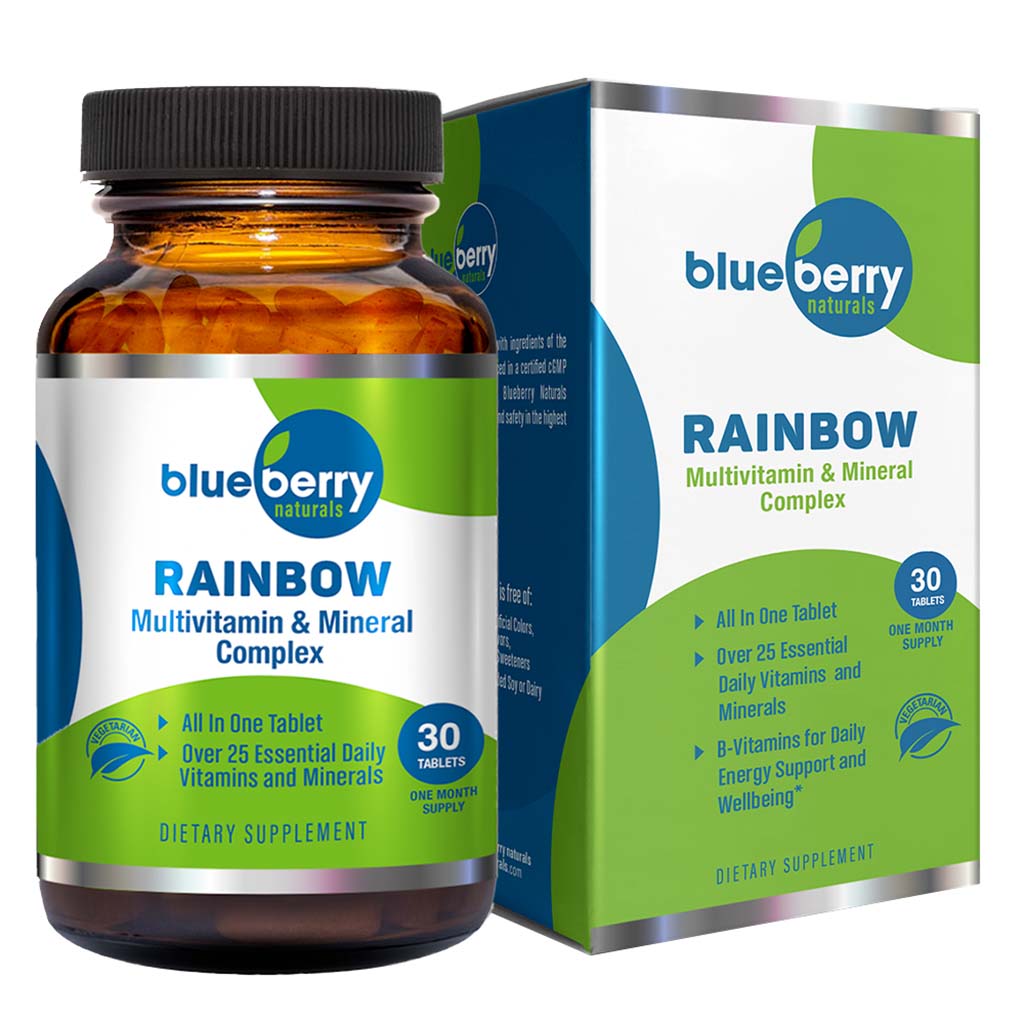








![Building A Digital PR Strategy: 10 Essential Steps for Beginners [With Examples]](https://buzzsumo.com/wp-content/uploads/2023/09/Building-A-Digital-PR-Strategy-10-Essential-Steps-for-Beginners-With-Examples-bblog-masthead.jpg)


















































